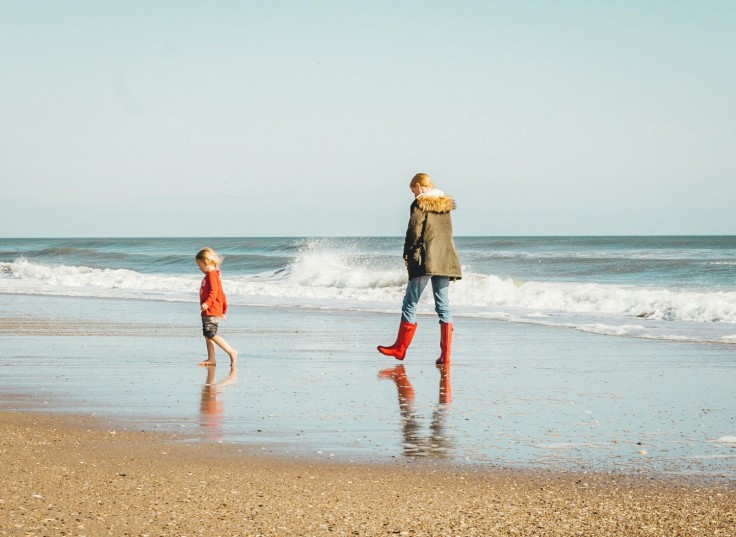
A California mother, Charlotte Russ, receives an $88,000 fine after her kids collected 72 clams while they were on a getaway at Pismo Beach.
During a family trip to Pismo Beach, California, the mother of five faced an unexpected and costly surprise.
Pismo Beach is popularly known as the "Clam Capital of the World" and became the site of an accidental run-in with the law when Russ's children mistakenly collected clams, believing they were picking up seashells.
This innocent mistake led to the mother of five being slapped with an astonishing $88,000 fine for clamming without a license.
A Harsh Lesson in Illegal Clamming and Wildlife Regulations
Charlotte Russ shared that her children had picked up 72 clams from the beach during their getaway.
The Department of Fish and Wildlife quickly intervened, informing Russ that her children's actions violated local wildlife regulations. Consequently, Russ received a citation on the spot.
The California mother said that right before they went, that is when she decided to open it, saw the amount, and realized the severity of the fine.
The initial shock and the looming financial burden cast a shadow over what was supposed to be a fun family outing. Russ expressed her dismay, noting, "It made me really sad and depressed, and it kind of ruined our trip."
The hefty fine, however, did not remain at its original amount. A San Luis Obispo County judge later reduced the penalty to $500, providing some relief to the distressed mother.
Lessons Learned in California Clam Regulations
Despite the initial shock and the ruined trip, Russ and her children learned valuable lessons about the importance of wildlife regulations.
"They know now at the beach don't touch anything, but they know now what a clam is, compared to what a seashell is now," Russ explained.
This experience has taught her family to be more mindful of their actions in natural environments.
Making light of the situation, Russ chose to commemorate the incident with a tattoo of a shellfish on her arm. Reflecting on the ordeal, the California mother remarked that the trip to Pismo beach is definitely one of the most expensive and unforgettable trip.
The Department of Fish and Wildlife emphasizes the necessity of such regulations to protect shellfish species, like the Pismo clam, from overharvesting.
"The reason we have these regulations is because we have to let them get to 4½ inches so they can spawn and have offspring every year," said Lt. Matthew Gil.
This effort ensures the sustainability of clam populations, which have been significantly impacted by both human activity and natural predators like sea otters.
Understanding Pismo Clams and Their Habitat
Pismo clams are unique to the eastern Pacific Ocean, easily recognizable by their thick, large, triangular shells that can range in color from pale to brown.
These bivalves, with their two-halved shells and siphons, play a crucial role in their ecosystem. Clammers are restricted to collecting a maximum of 10 Pismo clams per day to help preserve their numbers.
Historically, overharvesting by clammers and predation by sea otters have drastically reduced the Pismo clam population.
However, regulatory measures have contributed to a gradual recovery of these shellfish populations, demonstrating the effectiveness of conservation efforts.